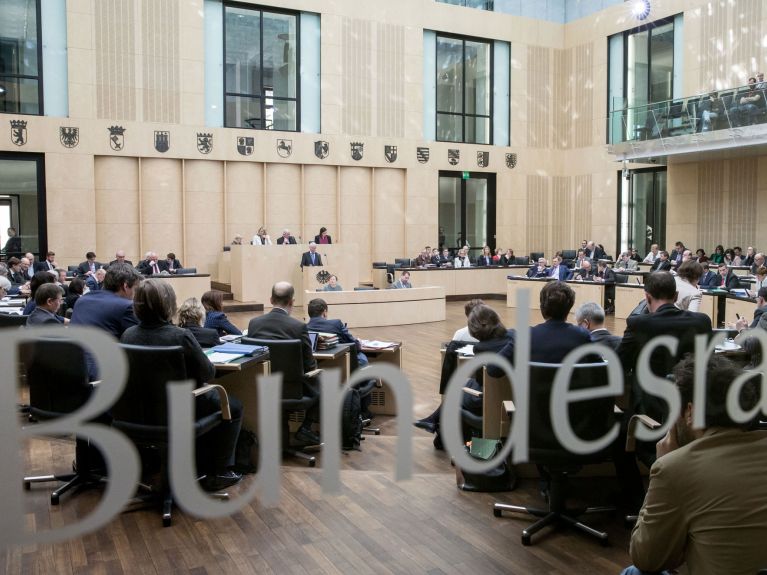Federal Republic of Germany
Germany is a federation. The federation and the 16 Länder (states) each have areas of re-sponsibility of their own.

Responsibility for internal security, schools, universities, cul-ture, and municipal administration lies with the states. The administrative authorities of the states enforce not only their own laws, but also those of the federation. Through their representatives in the Bundesrat the governments of the states are directly involved in the federation’s legislation.
Federalism in Germany is more than just a system of federal states; it represents the country’s decentral cultural and economic structure and is deeply rooted in tradition. Over and above their political function, the states are also a reflection of pronounced regional identities. The strong position of the states was established in the Basic Law in 1949; on reunification in 1990, five new states were founded: Brandenburg, Mecklenburg-West Pomerania, Saxony, Saxony-Anhalt, and Thuringia. With 17.6 million inhabitants, North Rhine-Westphalia is the most populous state, while its 70,550 square kilometres make Bavaria the largest in terms of surface area; with 3,838 inhabitants per square kilometre Berlin, the capital, is the most densely populated. There is one peculiarity: the three city states. Their territory is restricted in each case to a major city, namely Berlin, Bremen and Hamburg. With 419 square kilometres and 657,000 inhabitants, Bremen is the smallest state. Economically speaking, Baden-Wurttemberg is one of the strongest regions in Europe. After the Second World War, Saarland was a partly sovereign state and a French protectorate, and was only integrated in the former territory of the Federal Republic as the tenth state on 1 January 1957.
